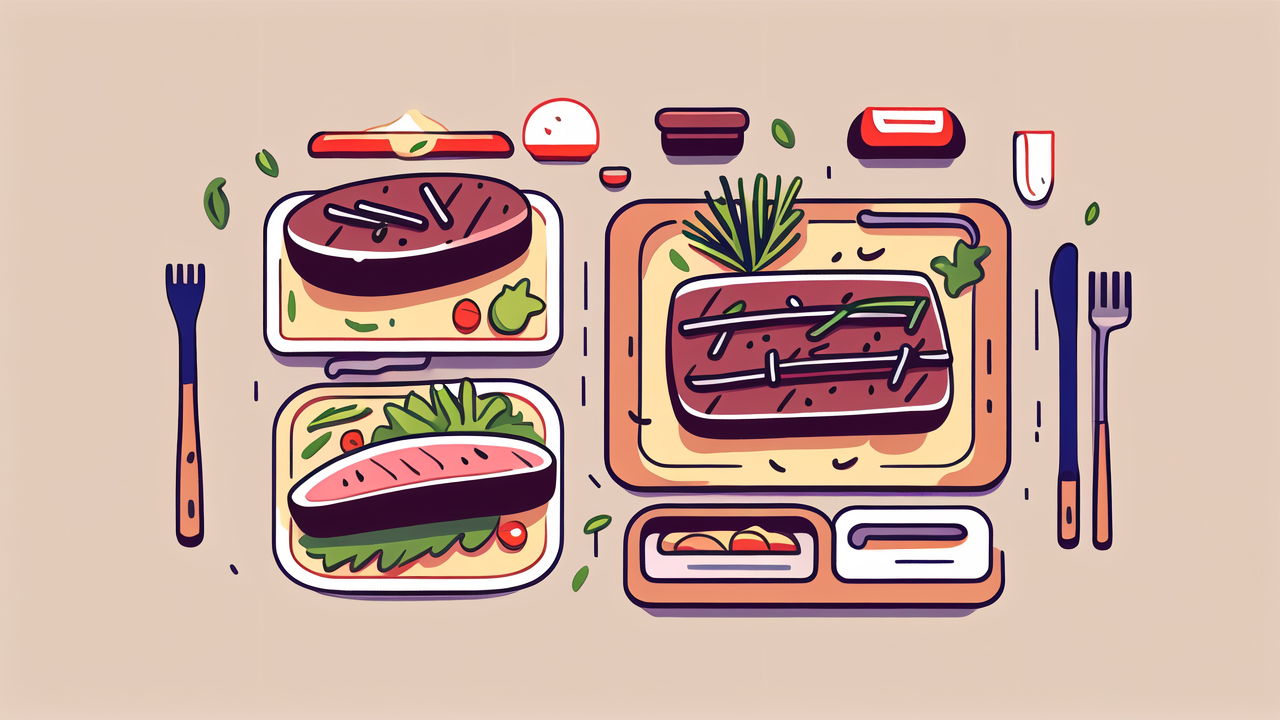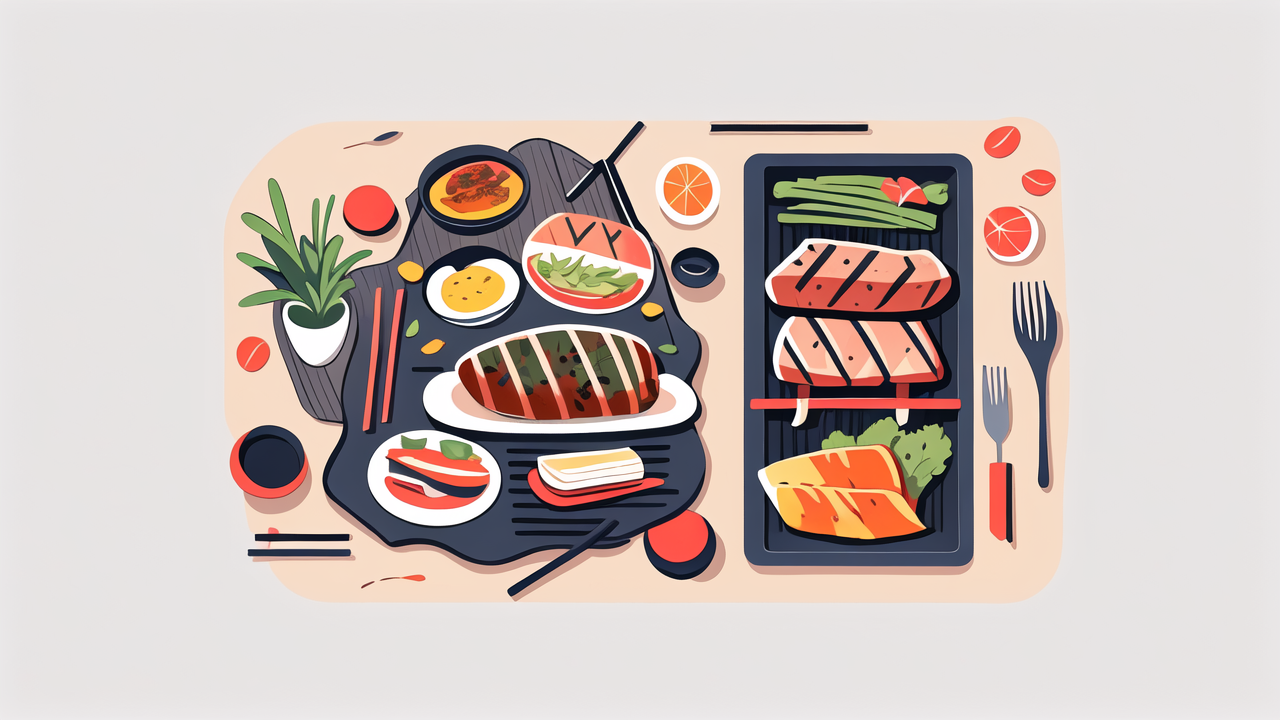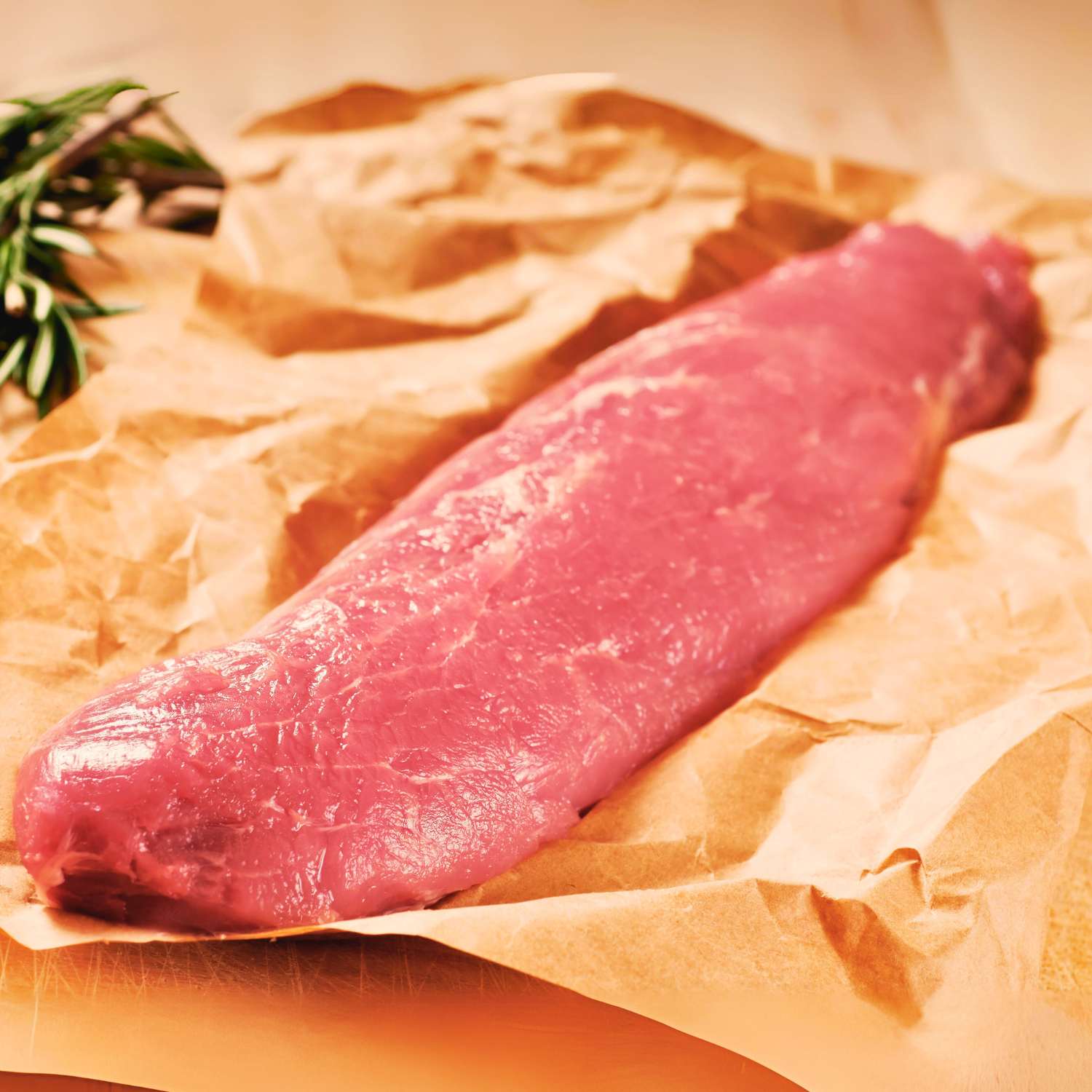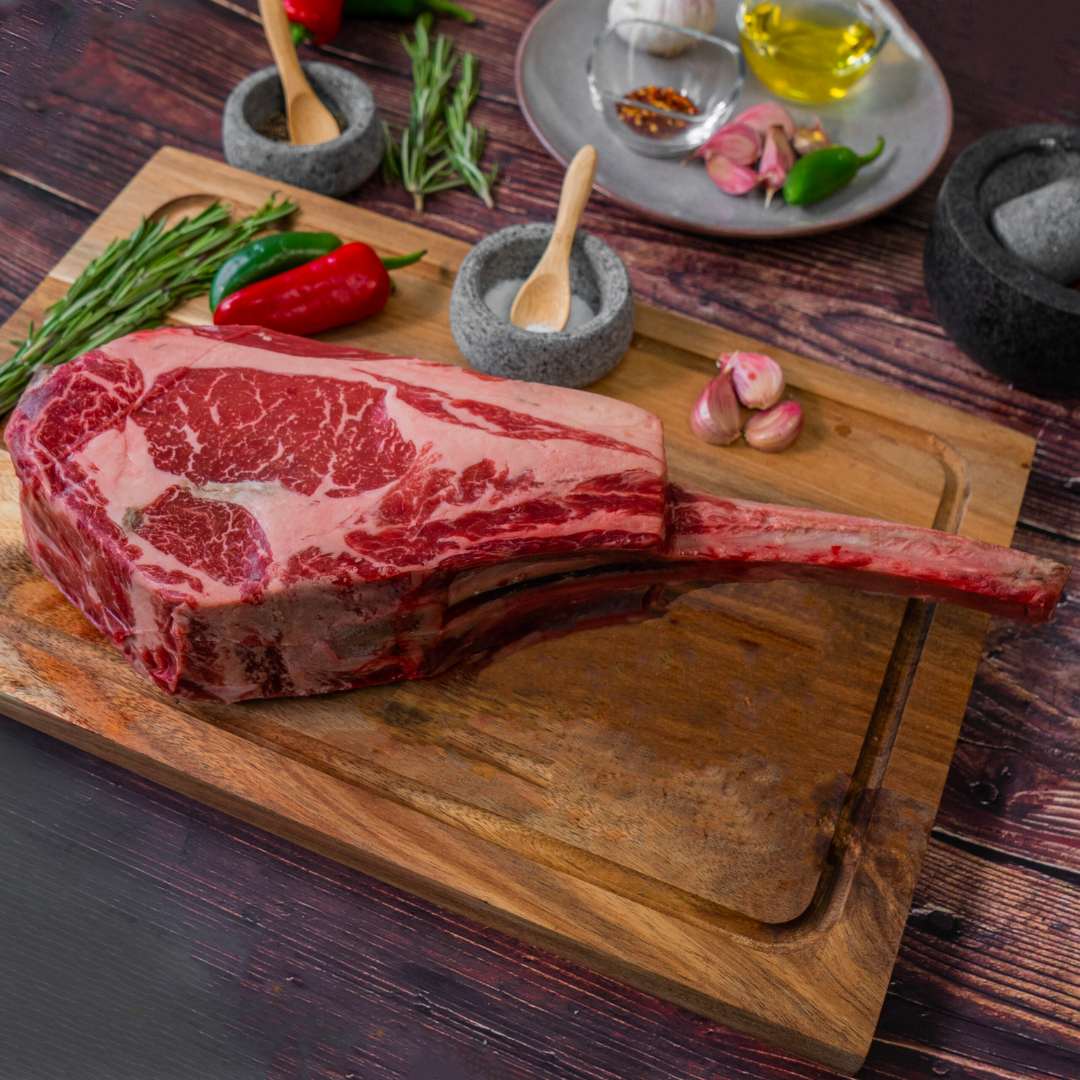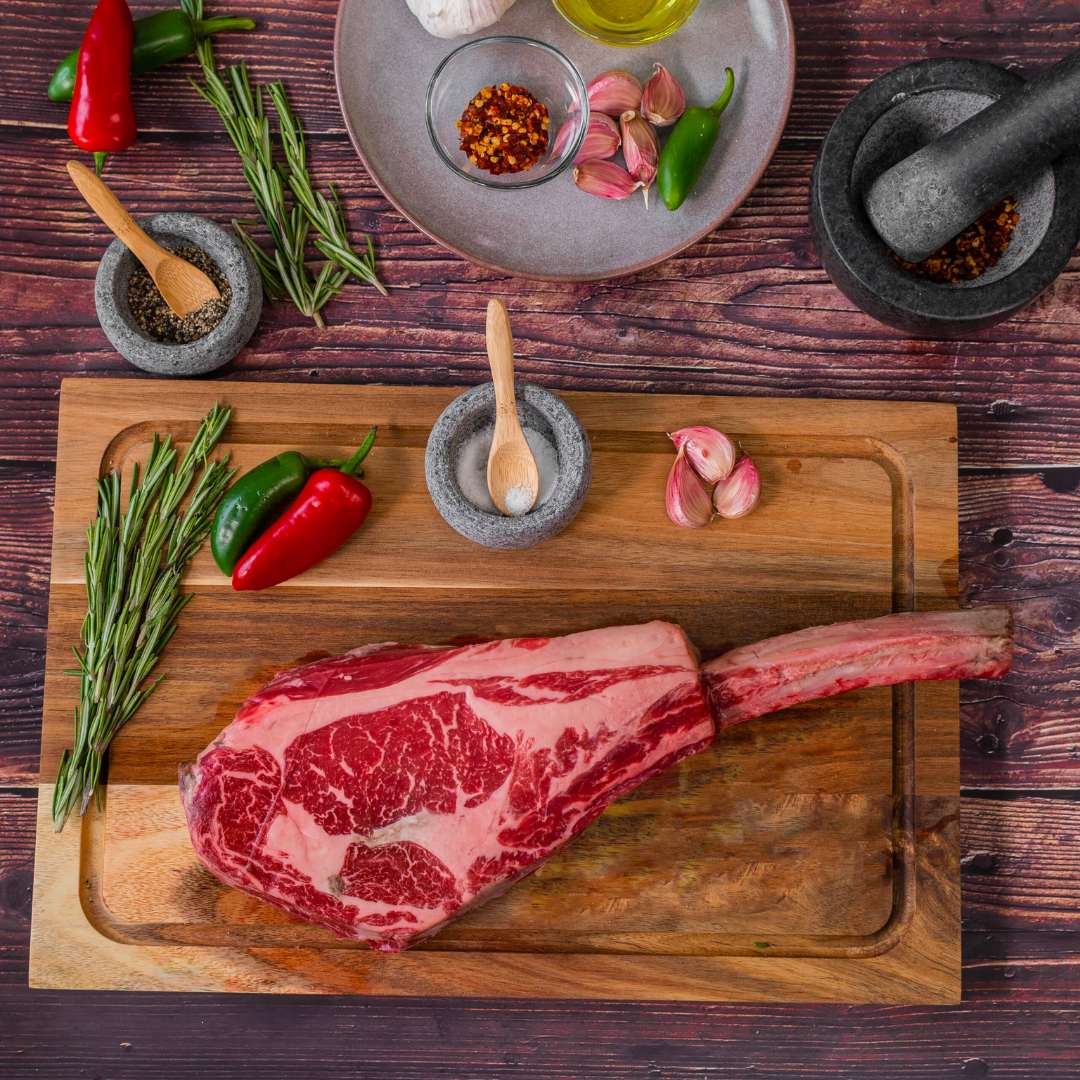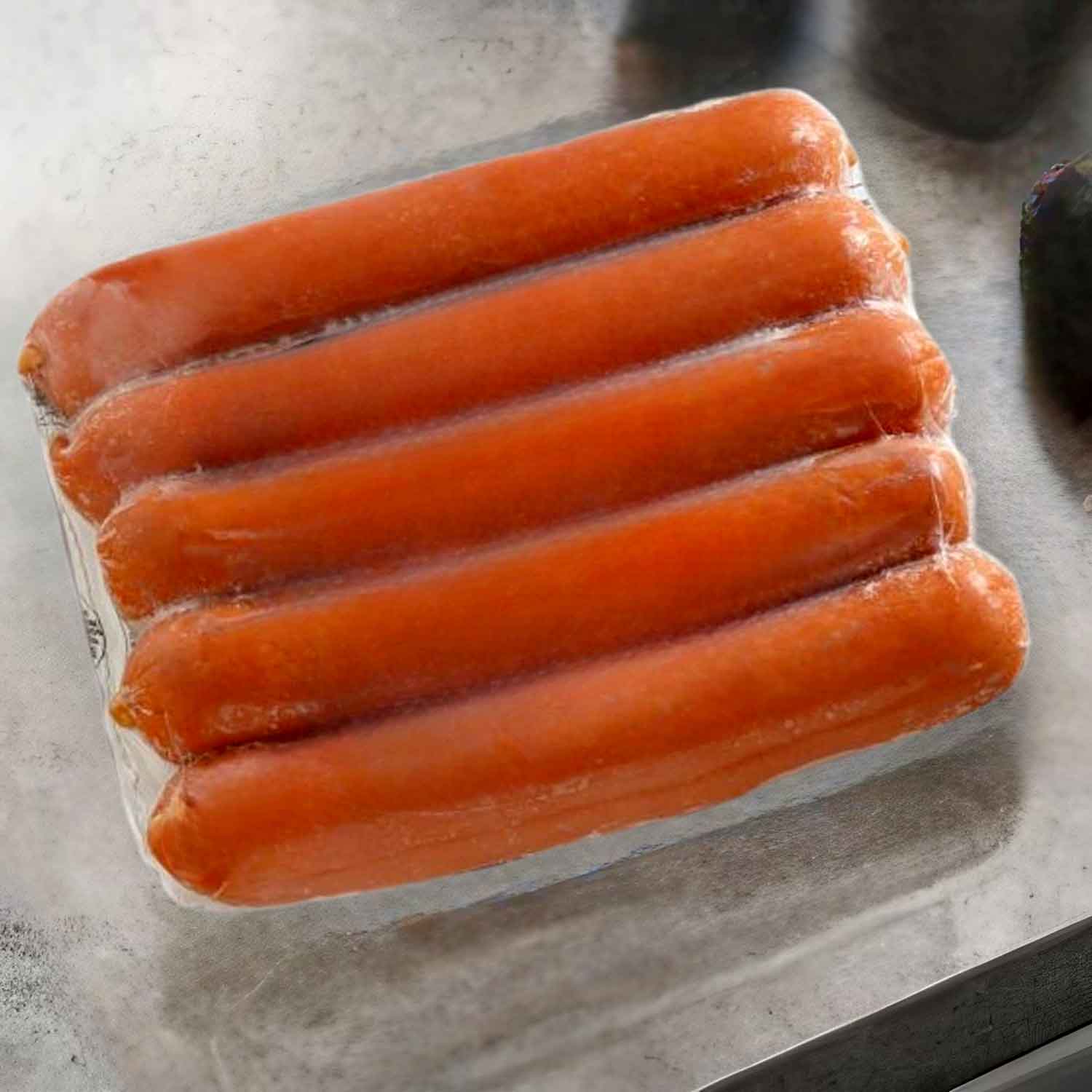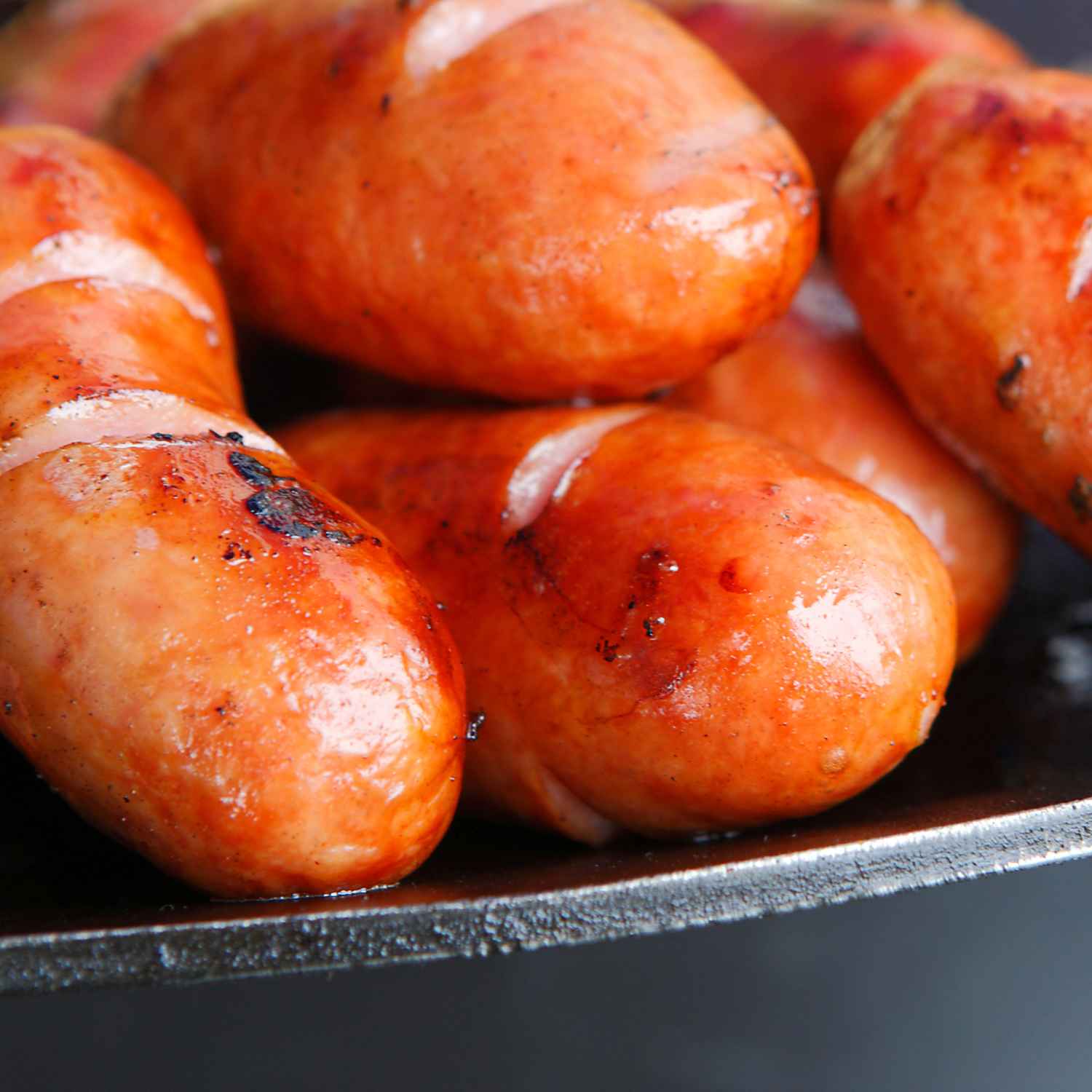Understanding the Basics of Barbecue Grilling: A Chinese Perspective
What Makes a Cut of Meat 'Prime'?
In the quest for barbecue perfection, 'prime' meat stands out. But what makes it so special? Prime cuts boast high-quality, tenderness, and flavor. They usually have the most marbling. This is the fat within the muscle. It keeps the meat juicy and tasty when cooked. In China, a 'prime' label often marks the best meat. It's ideal for traditional BBQ grills and banquets. When shopping, look for even marbling and a bright red color. These are signs of premium quality. The beef grade also matters. Prime grade is the top, followed by choice and select. For the finest BBQ experience, always start with prime meat.

The Best Chinese BBQ Grills for Premium Meats
When it comes to grilling in China, the right grill is key. The best tools for quality meats are often simple. Look for grills that offer even heat distribution. Charcoal grills are popular for their smoky flavor. Gas grills work well for steady temperatures. For something unique, try a ceramic grill. They are great for high heat and seal in juices. Choose a grill based on the meat you'll cook. Think about size if you're cooking big cuts like tomahawk steaks. Also, consider how easy it is to clean your grill. A good grill makes BBQ a pleasure, not a chore.
Preparing Your Meat: Tips from the Pit Masters
- Start by choosing fresh, high-quality meat. Look for vibrant color and firm texture.
- Let the meat reach room temperature before grilling. It helps with even cooking.
- Trim excess fat to avoid flare-ups but keep some for flavor.
- Pat the meat dry. This makes the outside crispy when grilled.
- Season generously. Use salt, pepper, and Chinese spices for taste.
- Preheat your grill. A hot surface sears the meat well.
- Oil the grill grates. This stops meat from sticking.
- Learn proper flipping technique. Use tongs, not forks, to keep juices in.
- Check meat temperatures. Use a thermometer for best results.
- Let the meat rest. This makes it juicy before you slice it.
The Art of Selecting Meat for the Grill: A Connoisseur's Guide
The Anatomy of Tenderloin: Where to Cut for the Best Piece
Tenderloin, a favorite for its tenderness, requires knowledge to cut properly. The best pieces come from the center—called the 'filet mignon.' Aim for thick cuts to keep them juicy. Short in fibers and lean, the tenderloin cooks fast. Avoid the tapered ends as they can overcook. When handled right, the tenderloin yields succulent results. For top quality, opt for grass-fed beef in Hong Kong. Remember MeatKing.hk for the finest selections.
Marbling and Texture: What to Look for in High-Quality Meat
When hunting for high-quality meat, marbling is key. Marbling refers to the white flecks of fat within the muscle. These bits of fat melt when cooked, giving steak juiciness and flavor. Textures differ too. Tender cuts come from less-worked muscles. For instance, tenderloin is soft, while shank is tougher. Choose cuts with a uniform texture for even cooking. For grills, pick a steak with good marbling and firm texture. In Hong Kong, seek out Wagyu for its fine marbling. Remember, marbling means tastier, tender meat once grilled.
The Best Chinese Supermarkets for Prime Meat Shopping
In Hong Kong, prime meat shopping is an art. Here's a list of top supermarkets for premium cuts:
- City'Super: Offers a range of imported and local high-quality meats.
- Great Food Hall: Known for its variety and specialty meats.
- Market Place by Jasons: Perfect for finding both western and Asian prime cuts.
- Taste: Stocks a good selection of premium meats, including organic options.
- ParknShop: Features a dedicated 'Butcher's Cut' section with choice meats.
These supermarkets provide not just quality meat, but also the advice of experienced butchers. Always look for freshness and marbling when selecting your meat.
Advanced Techniques and Recipes for Grilling Premium Meats
The 'Low and Slow' Method: Ideal for Chinese BBQ Grills
The 'Low and Slow' method is treasured by BBQ masters worldwide, and it resonates especially well with the traditional Chinese barbecue approach. This technique involves cooking the meat at a lower temperature for a longer period. This not only ensures that the meat is thoroughly cooked but also allows for a deep infusion of flavors, resulting in tender and juicy meat. Here are some key pointers for mastering the 'Low and Slow' method on Chinese BBQ grills:
- Choose the right cut: Tougher cuts like brisket or pork shoulder are ideal for this style.
- Control the heat: Maintain a consistent low temperature, generally between 225-275 degrees Fahrenheit.
- Be patient: Resist the urge to rush the process; the meat will take several hours to reach perfection.
- Monitor humidity: Keep the grill moist to prevent the meat from drying out.
- Wrap if needed: Use foil or butcher paper to wrap the meat after a few hours to retain moisture and tenderness.
These simple steps can transform your grilling experience and impress your guests with mouthwatering results that showcase the essence of Chinese BBQ craftsmanship.
Seasoning and Spice Blends: Traditional Chinese Flavors for Meat Lovers
To elevate grill flavors, use traditional Chinese seasonings. Think star anise, cloves, and fennel. These create aromatic meats that tantalize the senses. Don't forget Sichuan peppercorns for a numbing spice kick. For a savory note, soy sauce and hoisin are key. For heat, doubanjiang, or chili bean paste, is a go-to. Lastly, marinate with Shaoxing wine to add depth. Blend these for a spice mix that makes meats simply unforgettable.
Plating and Presentation: How to Showcase Your Masterpiece
Once your BBQ grill has yielded succulent premium meats, the journey isn't over. Plating and presentation are the crowning touches that transform a meal from good to unforgettable. Follow these tips for an eye-catching display:
- Choose the right dishware that complements the size and shape of your meat.
- Arrange the meat to showcase its best features – like the perfect sear or grill marks.
- Incorporate garnishes that add a pop of color and complement the flavor. Think fresh herbs or a sprinkle of sesame seeds.
- Use sauces and dips thoughtfully, either on the side for dipping or drizzled artistically over the meat.
- Don't overcrowd the plate. Allow each piece of meat to stand out.
Remember, the visual appeal can be just as important as taste in the experience of enjoying BBQ meats.


